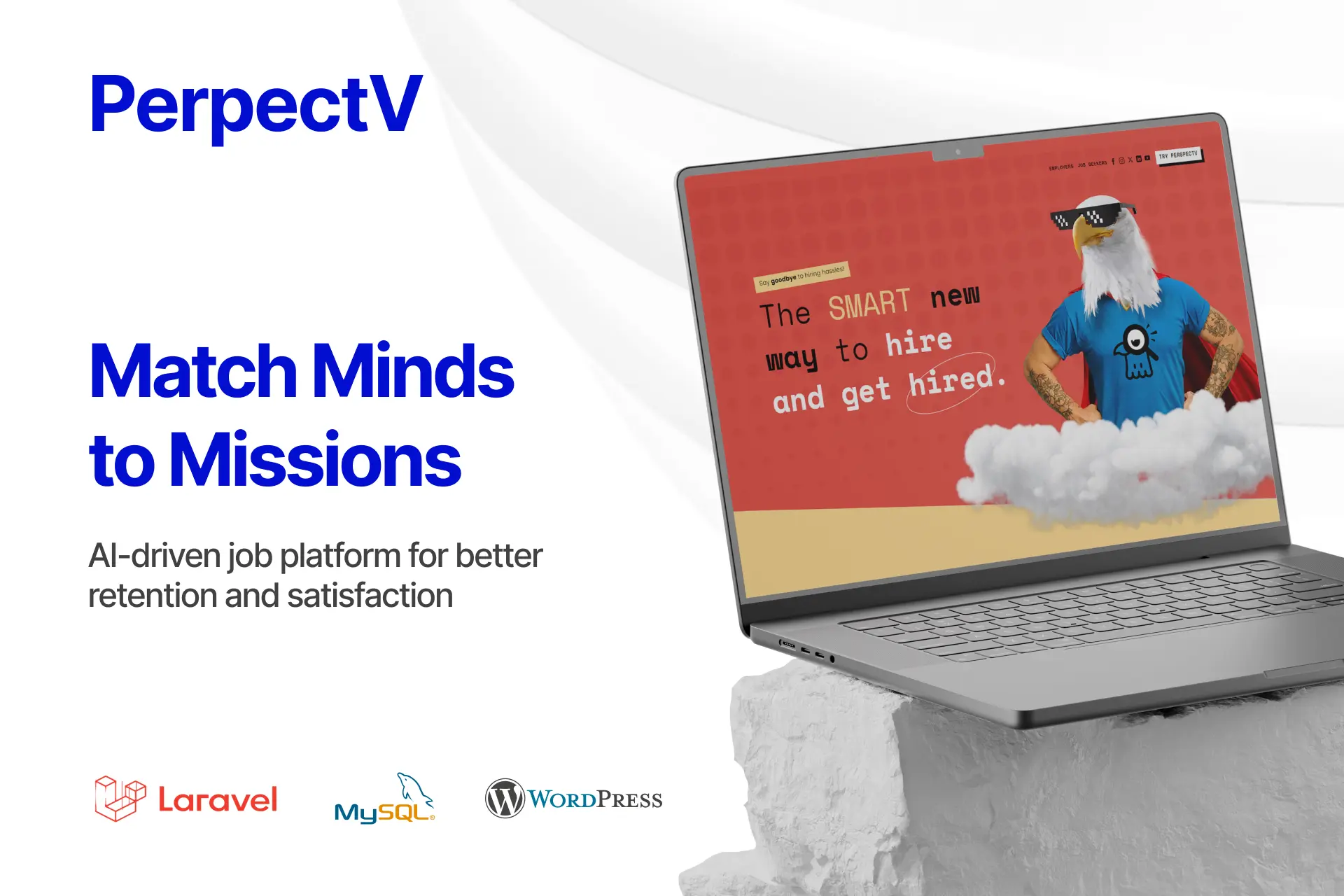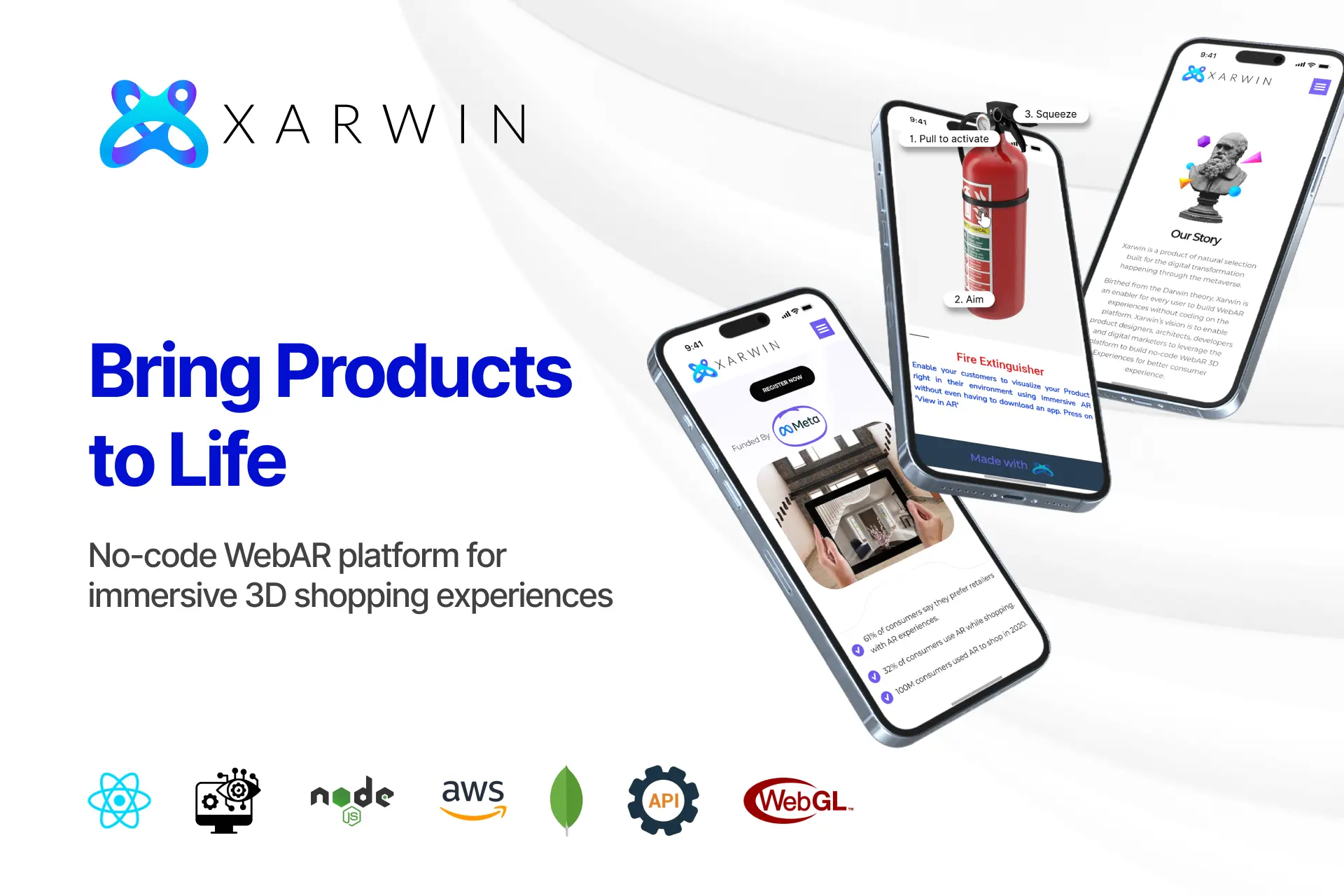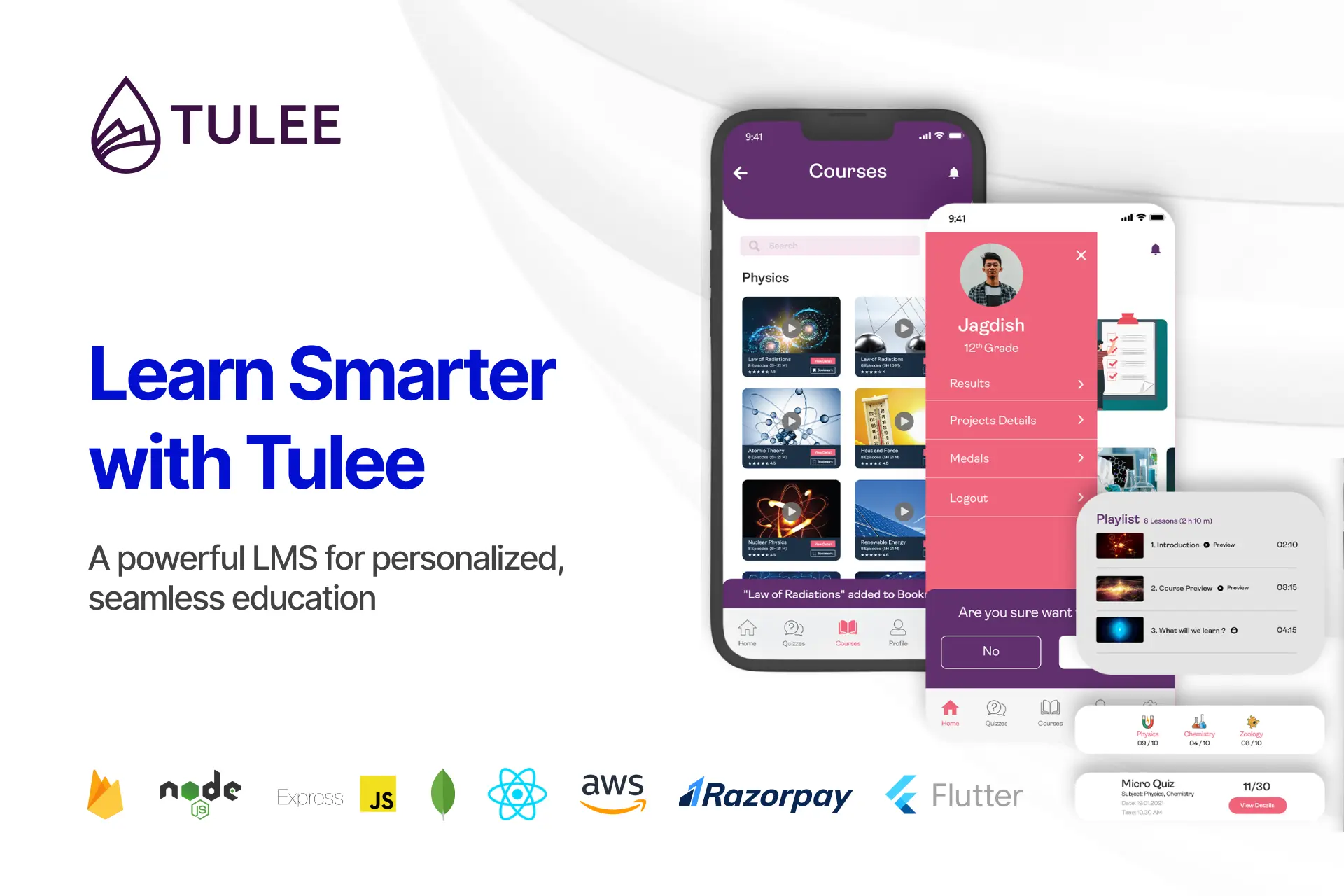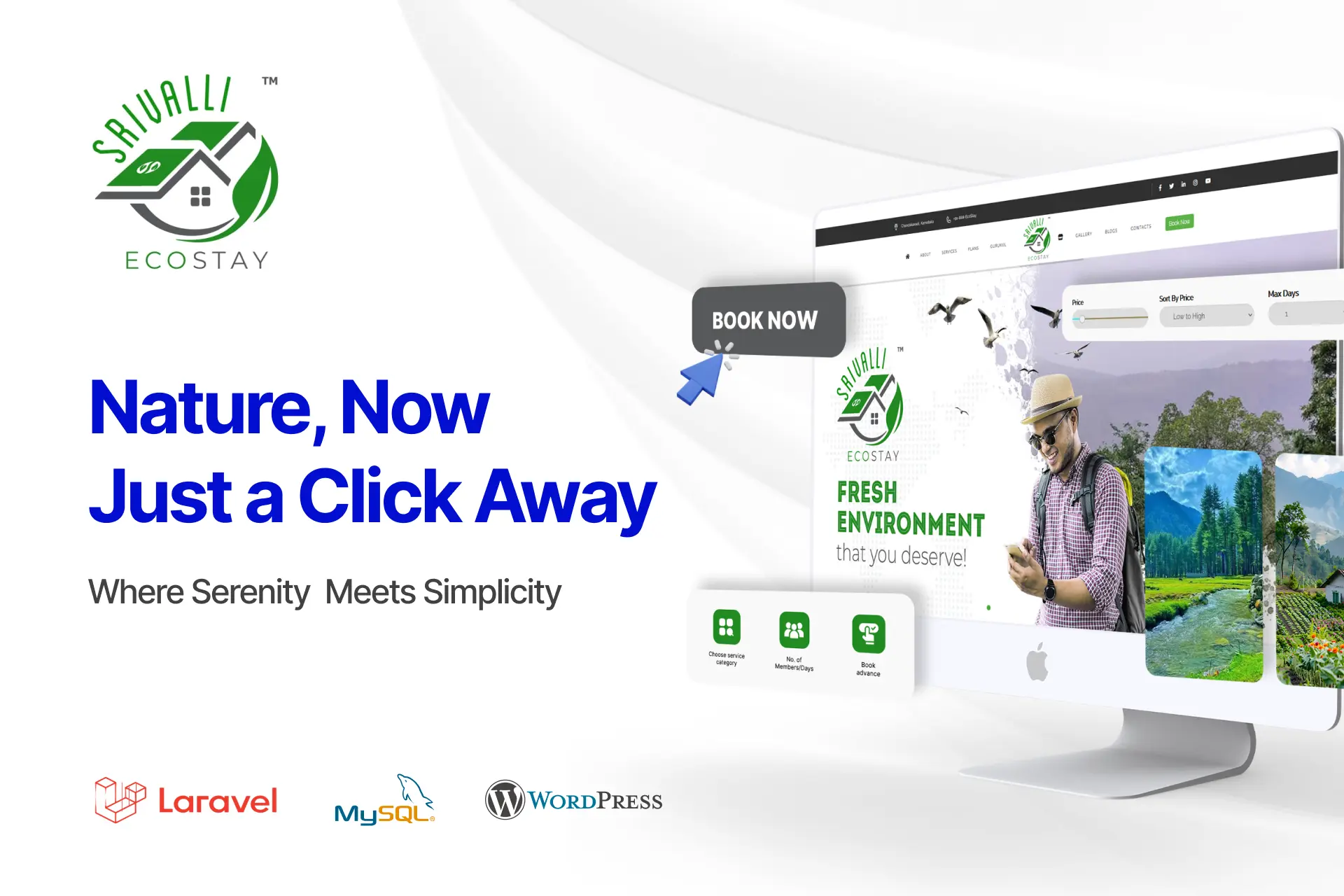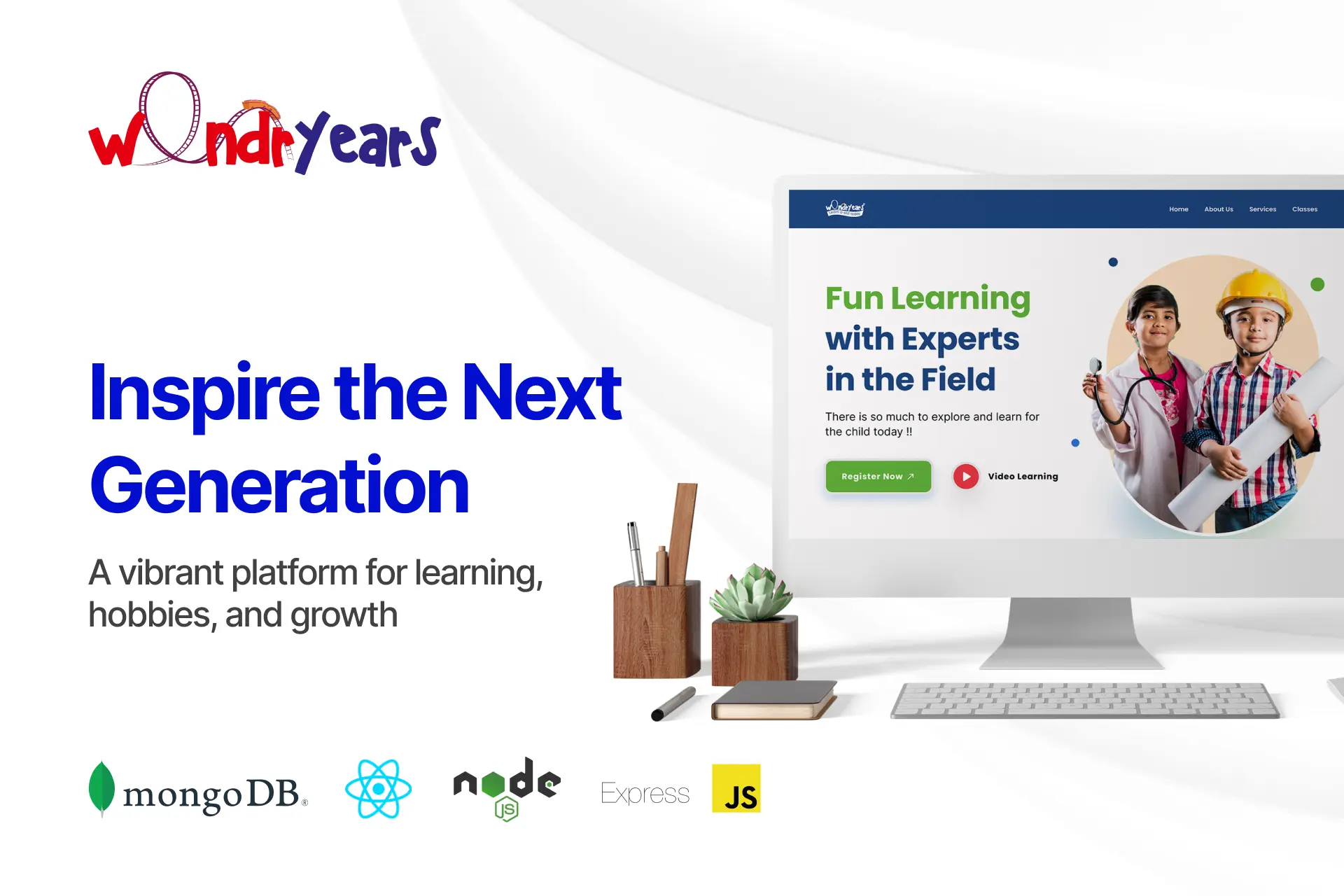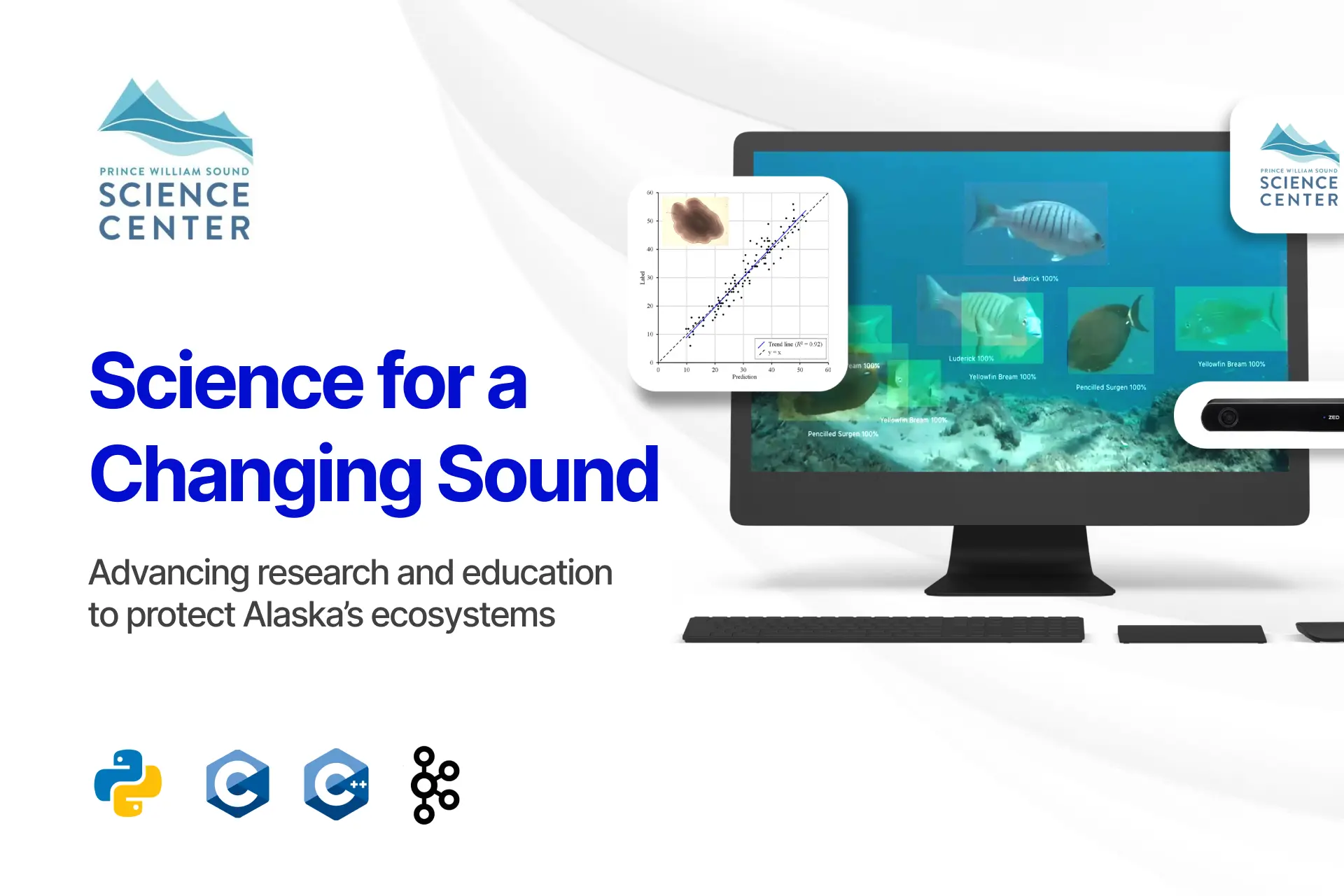Introduction
The Rise of Generative AI and Its Industry Impact
The growing demand for Generative AI (Gen AI) is transforming industries like healthcare, logistics, manufacturing, education, travel, and hospitality. With cutting-edge advancements such as Large Language Models (LLMs), companies are leveraging AI to unlock new opportunities, optimize operations, and enhance customer experiences.
However, not every AI solution is a fit for every problem. This guide will explore where Generative AI can add value across different industries, where it falls short, and how businesses and developers alike can approach AI implementation to gain a competitive advantage.
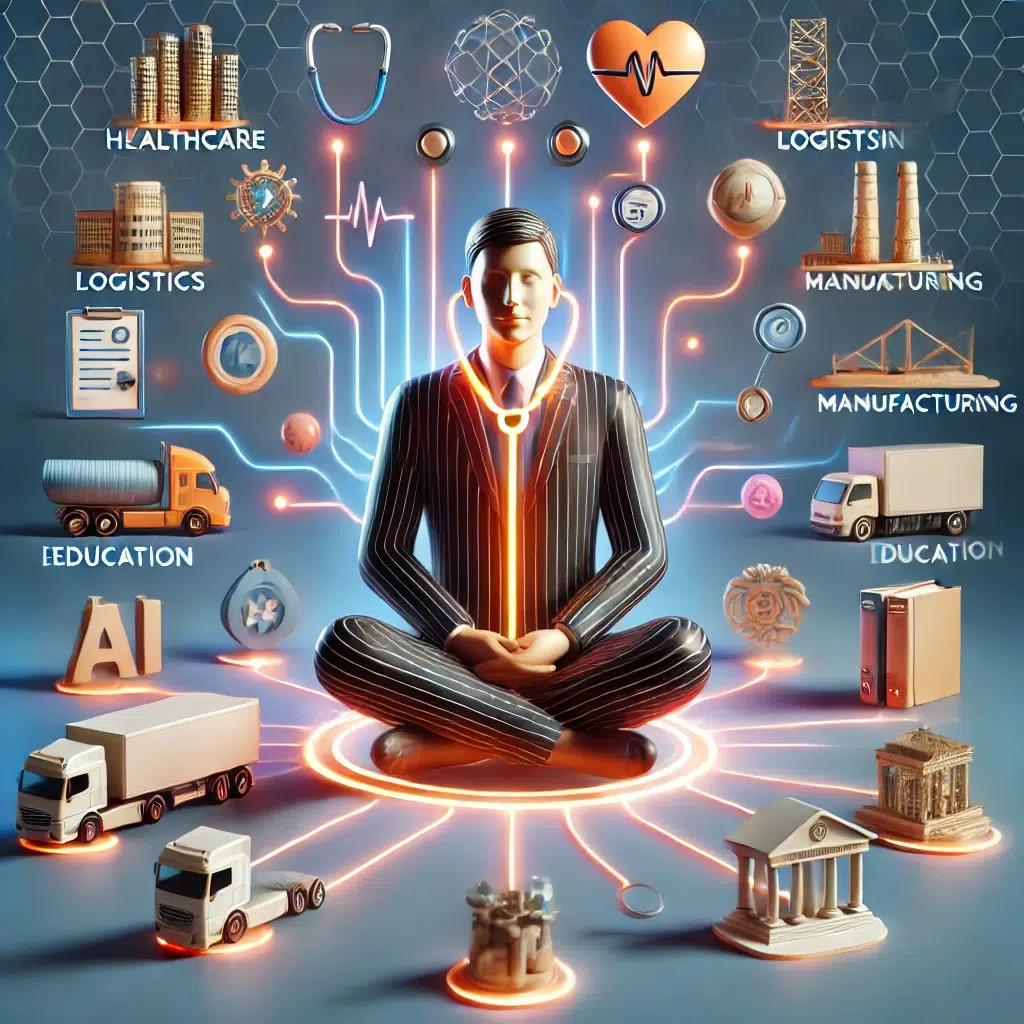
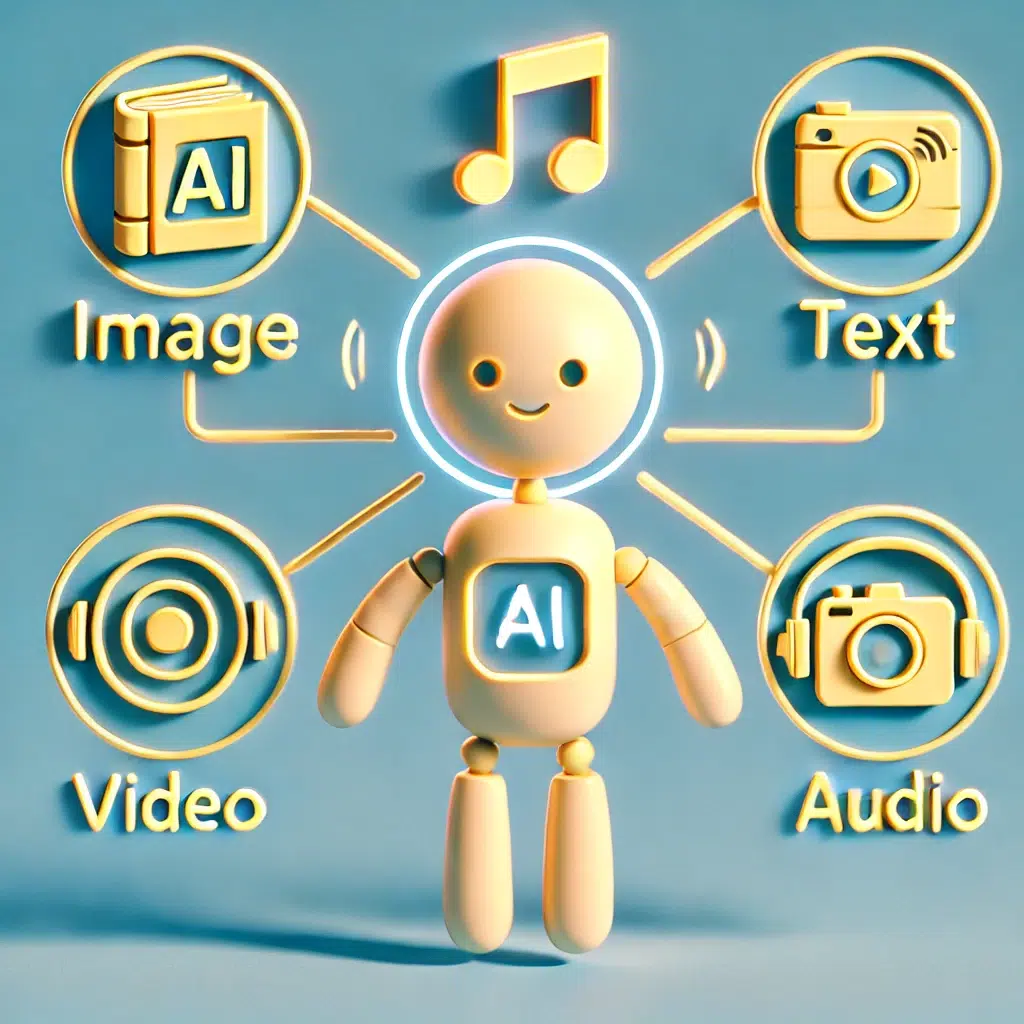
Understanding Generative AI and Its Capabilities
What is Generative AI?
It refers to AI systems that can create new content—such as text, images, videos, and even music—based on data. It has revolutionized industries by automating creative and repetitive tasks, helping companies become more efficient.
Popular Examples
Text Generation
Chatbots or virtual assistants that simulate human-like conversations.
Image Generation
AI-generated images for marketing, manufacturing prototypes, or design.
Video & Audio Creation
AI-powered media for advertising or educational tools.
Generative AI has immense potential in creative tasks, but its real impact depends on
how well its application is tailored to a specific industry need.
The Role of Generative AI in Modern Industries
Generative AI tools is finding wide adoption in industries such as healthcare, manufacturing, logistics, warehousing, education, and hospitality, as it can automate content creation, enhance operational workflows, and personalize customer experiences. Let’s look at industry-specific applications.

Industry-Specific Use Cases of Generative AI
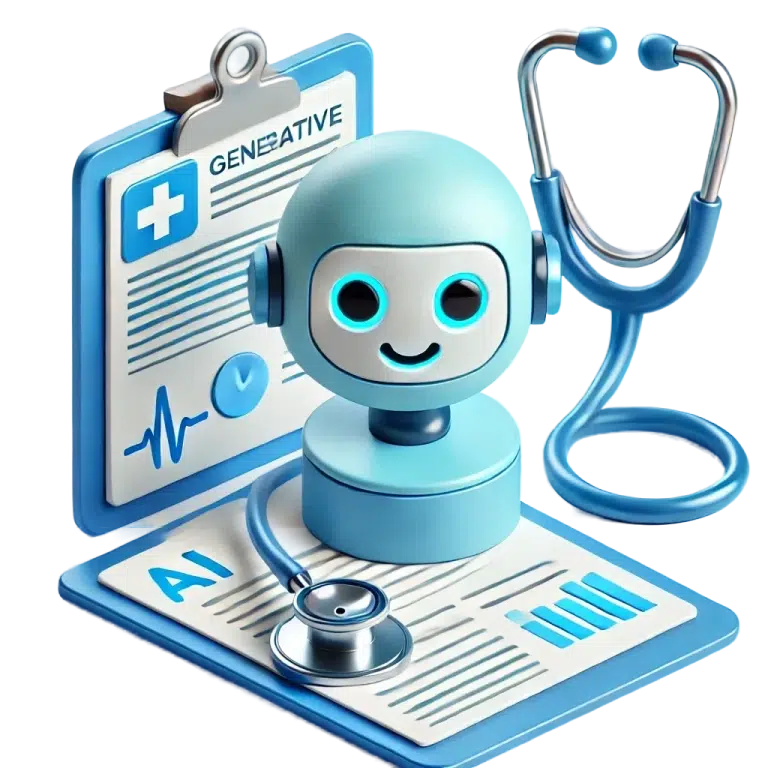
Healthcare
Automating patient records, summarizing medical reports, or assisting in telemedicine by handling routine queries with AI-powered chatbots. It also aids in research and drug discovery by analyzing large datasets and generating hypotheses.
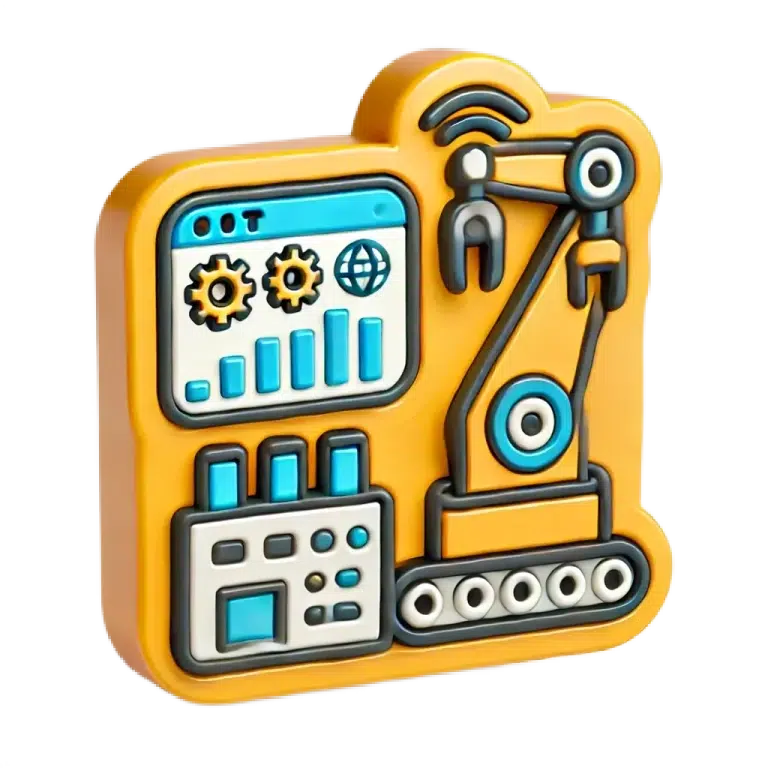
Manufacturing
Assists in predictive maintenance by generating insights from IoT sensor data and help design complex parts or systems through AI-driven simulations and prototyping.
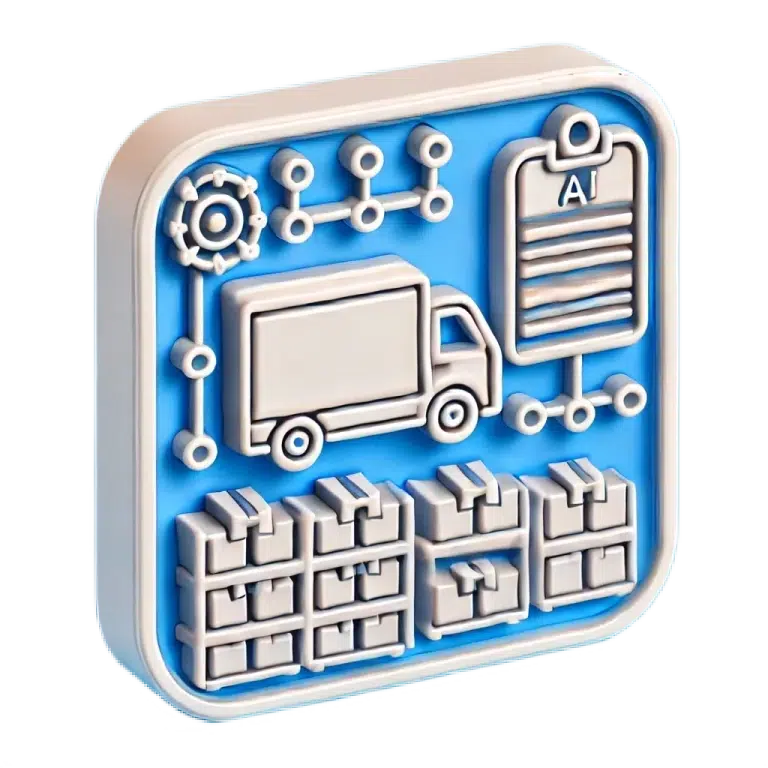
Logistics & Warehousing
AI can automate warehouse management by generating optimized schedules, automating inventory updates, and predicting supply chain disruptions. It also helps streamline transportation and delivery systems by generating real-time route recommendations.
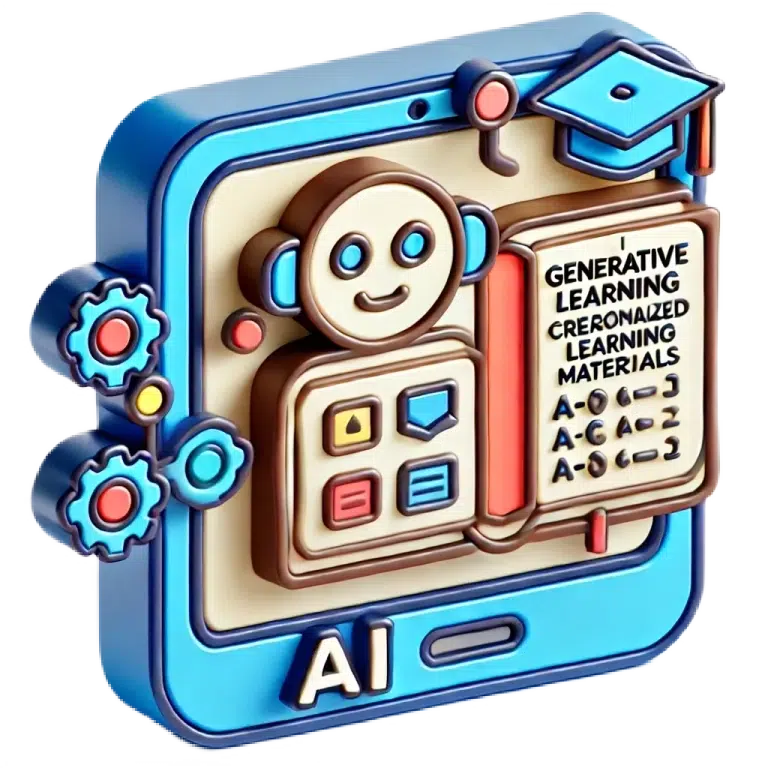
Education
Generates personalized learning materials for students, automate grading, and create intelligent tutoring systems to enhance the learning experience.
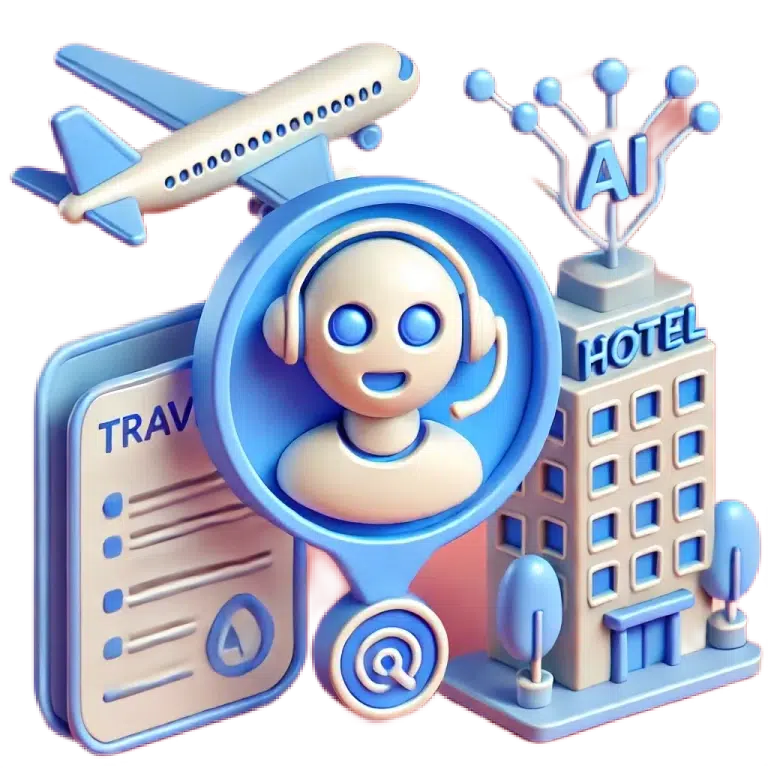
Travel & Hospitality
Helps automate customer support, generate tailored travel itineraries, and create personalized recommendations for users. AI-generated content can improve online presence through high-quality blogs, reviews, and social media updates.
How to Evaluate AI Use Cases for Your Business
Evaluating AI use cases involves aligning the right AI technique with the business need. Let’s explore how various industries can apply AI effectively.
Healthcare: AI for Medical Diagnosis & Automation
- AI-driven medical diagnostics improve accuracy and reduce the time taken for patient diagnoses, while AI-powered systems automate administrative tasks, improving healthcare efficiency.
- Example: AI-powered chatbot assisting with medical records and reports.
Logistics & Warehousing: Optimizing Supply Chain and Inventory Management
- AI helps manage inventory more efficiently by automating stock control, predicting supply needs, and optimizing routes for delivery, reducing costs and improving customer satisfaction.
- Example: AI optimizing delivery routes and managing inventory.
Manufacturing: Predictive Maintenance & Process Optimization
- In manufacturing, AI systems can predict equipment failures before they happen and automate production line adjustments, ensuring smooth operations and minimizing downtime.
- Example: AI assisting in predictive maintenance through IoT sensor data
Travel & Hospitality: Enhancing Customer Service and Experience
- AI improves guest services by automating booking systems, customer support, and recommendations. In travel, AI can generate tailored travel experiences and itineraries for customers, enhancing satisfaction and personalization.
- Example: AI creating personalized travel itineraries.
Education: AI for Personalized Learning and Administrative Efficiency
- AI has the potential to revolutionize education by assisting teachers in creating customized lesson plans, generating question papers, and automating administrative tasks like grading and reviewing exam submissions. It can also provide personalized learning experiences for students by identifying individual learning styles and suggesting tailored resources.
- Example: AI-powered tool helping teachers generate question papers based on curriculum standards and reviewing exam submissions to provide detailed feedback.
Best Practices for Implementing Generative AI in Your Company
Before implementing Generative AI, follow these best practices to
ensure success in industries like healthcare, logistics, and manufacturing:
Identify High-Impact Areas
Focus on areas where Generative AI can add significant value, such as customer service in hospitality, content creation in education, or automated inventory management in logistics, while avoiding tasks requiring precise data-driven results.
Ensure Data Quality
Generative AI systems depend heavily on high-quality data. Whether it’s patient data in healthcare, sensor data in manufacturing, or inventory data in warehousing, clean, structured data is key to successful AI deployments.
Start Small and Scale Gradually
Deploy AI in small, manageable projects—such as a chatbot for customer support in hospitality or predictive maintenance in manufacturing—before rolling it out across your entire operation.
Focus on Ethical AI
Ethical AI use is critical, particularly in sensitive sectors like healthcare and education. Ensuring fairness, avoiding biases, and maintaining transparency are essential to gaining customer trust and meeting regulatory requirements.
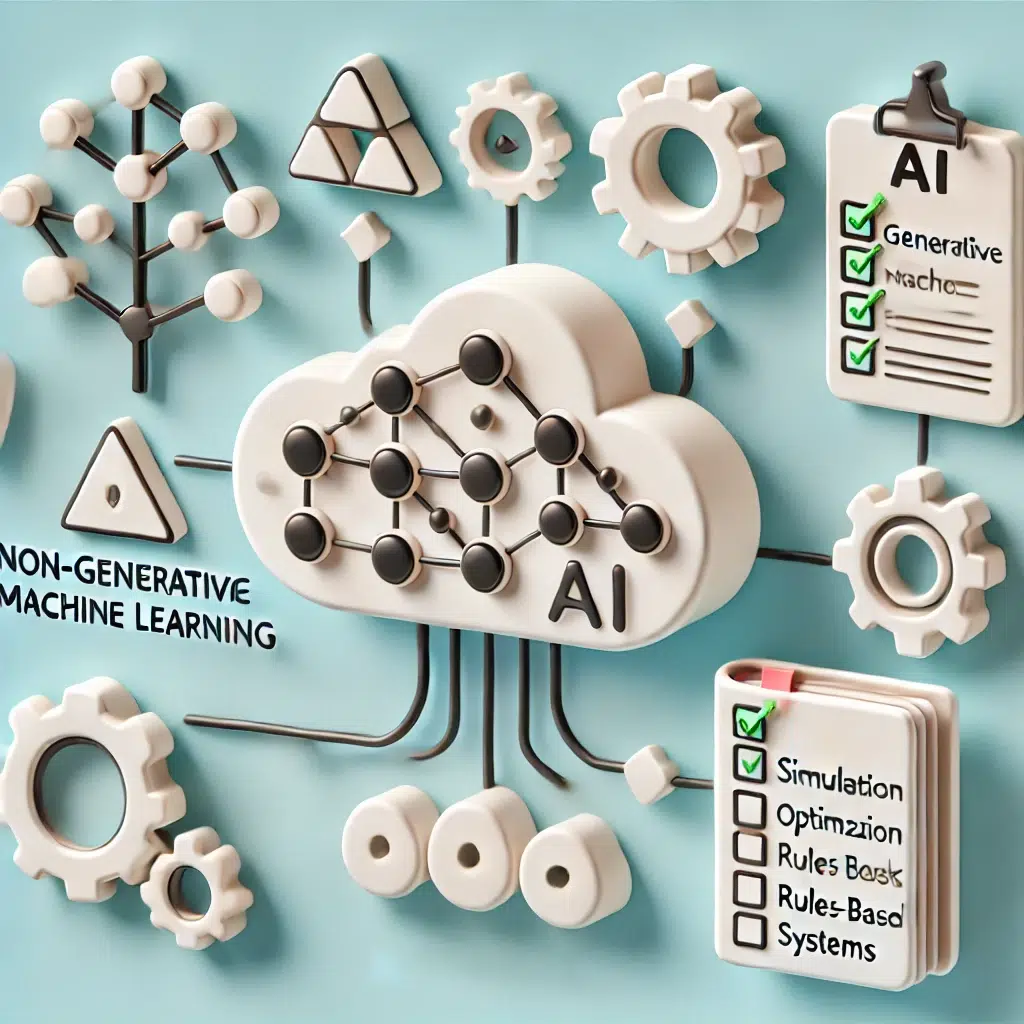
AI Techniques Beyond Generative AI: Finding the Right Approach
To ensure businesses implement the right AI solutions, it’s crucial to understand the broader AI landscape and its techniques.
Non-Generative Machine Learning
This includes algorithms such as decision trees, clustering, or regression, which are ideal for predictive tasks in healthcare, manufacturing, or logistics where structured data is analyzed to improve processes and make data-driven decisions.
Simulation & Optimization
Simulation techniques help model real-world processes in manufacturing or logistics, allowing businesses to simulate “what-if” scenarios. Optimization algorithms can improve route planning, inventory management, and resource allocation across industries.
Rules-Based Systems
In industries that require clear, deterministic outcomes, such as compliance in healthcare or quality control in manufacturing, rule-based AI systems offer a more accurate and controlled approach than probabilistic Generative AI models.
The Limits of Generative AI: When Not to Use It
Generative AI is Not a Catch-All Solution
Despite its strengths, Generative AI is not suited for every task. Businesses looking to automate processes such as forecasting, financial planning, or complex decision-making should explore traditional AI solutions.
Use Case Example: Sales Forecasting
For tasks like predicting sales trends in retail or forecasting inventory needs in logistics, machine learning models like time series analysis or regression techniques provide better results than Generative AI.
Complex Decision-Making
Generative AI lacks the capabilities needed for high-stakes decision-making in areas such as regulatory compliance in healthcare, route optimization in logistics, or financial forecasting in manufacturing. These tasks require precise data interpretation and human expertise.
Conclusion
Making the Right Choice with Generative AI
Generative AI presents transformative opportunities across industries like healthcare, manufacturing, logistics, education, and hospitality. However, it’s important to understand where it works best and when to rely on traditional AI methods for better precision and control.
By selecting the right AI tool for the task, businesses can enhance operational efficiency, drive innovation, and improve customer experiences, securing a competitive edge in the digital landscape.
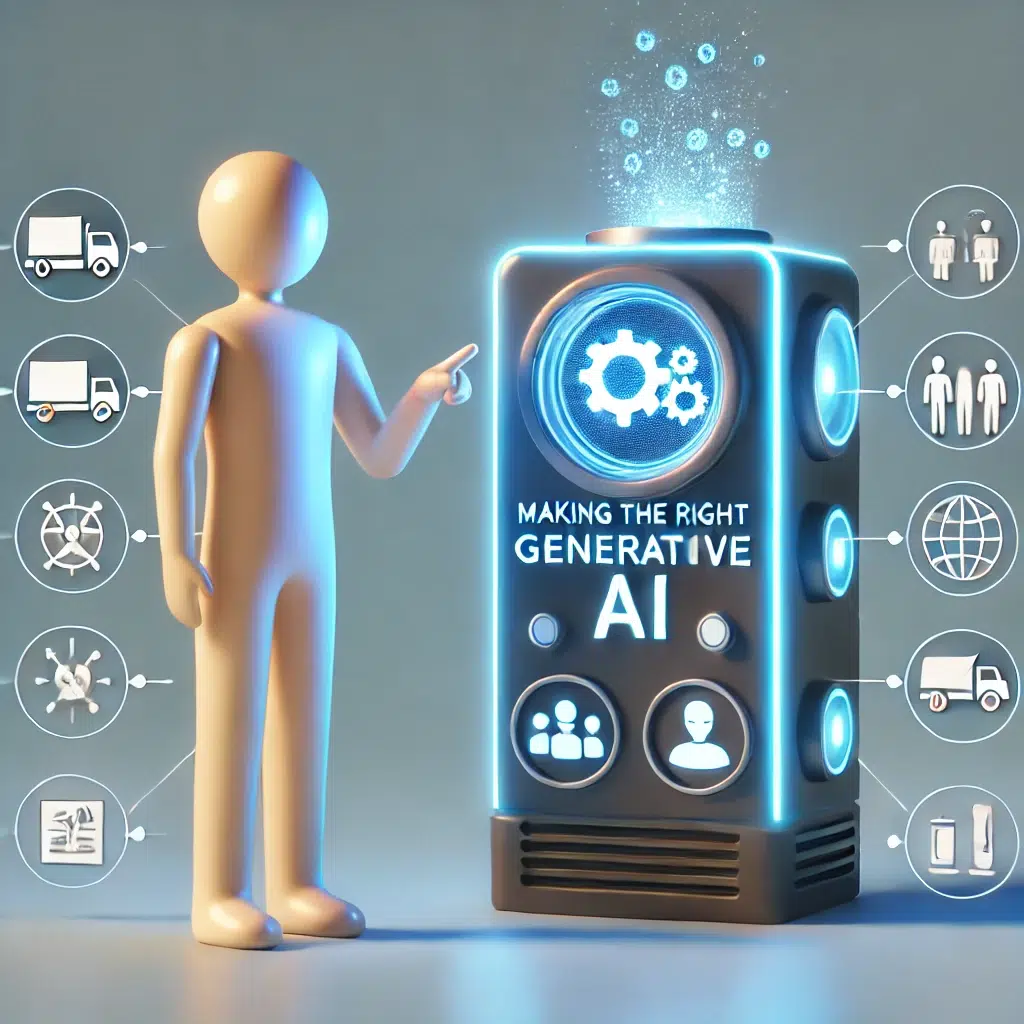
FAQs for AI Implementation
Generative AI is most useful for companies in healthcare, logistics, manufacturing, education, and hospitality for tasks like content creation, customer service, and automation. However, for data-intensive tasks like forecasting, traditional AI may be more effective.
Generative AI creates new content (text, images, etc.), while traditional machine learning analyzes data to make predictions or classifications, such as predictive maintenance or inventory management.
Generative AI can automate customer support through chatbots, provide personalized recommendations, and generate content for websites and marketing, enhancing user experiences in industries like travel and hospitality.
For tasks requiring high precision, such as financial forecasting or regulatory compliance in healthcare, traditional AI is more reliable than Generative AI, which excels in creative and customer-facing tasks.
Generative AI can inadvertently produce biased or inaccurate content. To prevent this, businesses in sensitive industries like healthcare and education should regularly audit AI systems for fairness and transparency.

